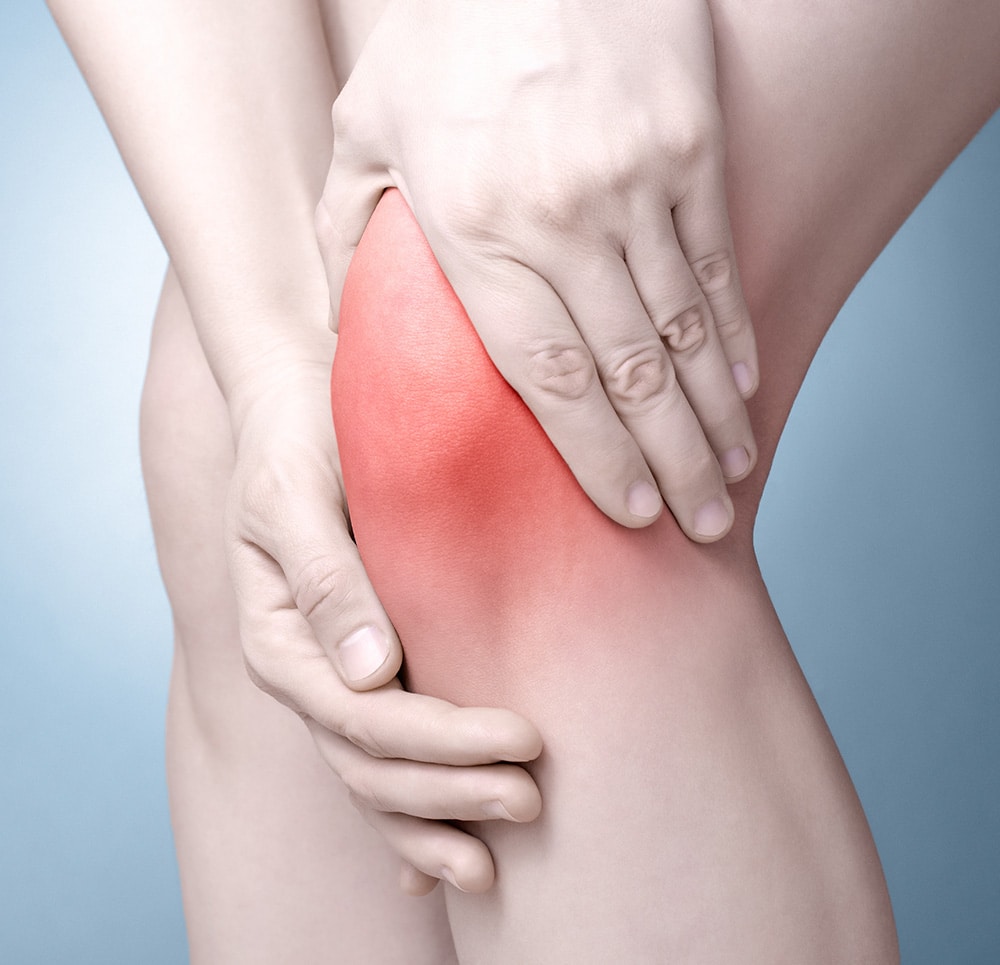Knee Care
A knee arthroscopy is often done to confirm a diagnosis. In most cases the surgeon can treat your problem at the same time. Some of the more common knee problems are the tears of the medial or lateral meniscus. Tears to the meniscus can be repaired or removed. Other treatment options include shaving or removal of the cartilage or smoothing or releasing of the patella. A knee arthroscopy can be performed on an out patient basis and a patient can usually go home a few hours after surgery. After a knee arthroscopy most people can return to office work within a week. Many more return to a more active life within one to two months.
Common Ligament Injuries
The two ligaments in the knee most likely to be injured are the anterior cruciate ligament (ACL) or the medial collateral ligament (MCL). Depending on the severity of the injury these can be treated surgically or non-surgically. Rehabilitation is a major part of treatment whether or not you have surgery.
Knee Anatomy
The knee is a hinge joint consisting of three bones. The upper part of the hinge is at the end of the upper leg bone (femur), and the lower part of the hinge is at the top of the lower leg bone (tibia). When the knee is bent, the end of the femur rolls and slides on top of the tibia. A third bone, the kneecap (patella), glides over the front and end of the femur.
In a healthy knee joint, the surfaces of these bones are very smooth and covered with a tough protective tissue called cartilage. Arthritis causes damage to the bone surfaces and cartilage where the three bones meet and rub together. These damaged surfaces can eventually become painful.
There are several ways to treat the pain caused by arthritis. One way is total knee replacement surgery. The decision to have total knee replacement surgery should be made very carefully after consulting your doctor and learning as much as you can about the knee joint, arthritis, and the surgery.
In total knee replacement surgery, the bone surfaces and cartilage that have been damaged by arthritis are removed and replaced with artificial surfaces made of metal and a plastic material. We call these artificial surfaces “implants,” or “protheses.”
Getting to the Joint
The patient is first taken into the operating room and given anesthesia. After the anesthesia has taken effect, the skin around the knee is thoroughly scrubbed with an antiseptic liquid. The knee is flexed about 90 degrees and the lower portion of the leg, including the foot, is placed in a special device to securely hold it in place during the surgery. Usually a tourniquet is then applied to the upper portion of the leg to help slow the flow of blood during the surgery.
Removing the Damaged Bone Surfaces
Small amounts of the bone surface are removed from the front, end, and back of the femur. This shapes the bone so the implants will fit properly. The amount of bone that is removed depends on the amount of bone that has been damaged by the arthritis.
A small portion of the top surface of the tibia is also removed, making the end of the bone flat.
The back surface of the patella (kneecap) is also removed.
Attaching the Implants
An implant is attached to each of the three bones. These implants are designed so that the knee joint will move in a way that is very similar to the way the joint moved when it was healthy. The implants are attached using a special kind of cement for bones. The implant that fits over the end of the femur is made of metal. Its surface is rounded and very smooth, covering the front and back of the bone as well as the end. The implant that fits over the top of the tibia usually consists of two parts. A metal baseplate fits over the part of the bone that was cut flat. A durable plastic articular surface is then attached to the baseplate to serve as a spacer between the baseplate and the metal implant that covers the end of the femur.
The implant that covers the back of the patella is also made of a durable plastic.
Artificial knee implants come in many designs. Some designs may have pegs, requiring small holes to be drilled into the bone after the damaged surfaces have been removed. Others may have central stems. In addition, some designs may allow screws to be used on the lower implant to provide added attachment security. The surgeon will choose the implant design that best meets the patient’s needs.
Closing the Wound
When all of the implants are in place and the ligaments are properly adjusted, the surgeon sews the layers of tissue back into their proper position. A plastic tube may be inserted into the wound to allow liquids to drain from the site during the first few hours after surgery. The edges of the skin are then sewn together, and the knee is wrapped in a sterile bandage.
The patient is then taken to the recovery room.
Always call us directly with your questions and concerns!
Call Us At (573)-248-1010
“Dr was very knowledgeable and listen to my concerns“
Trish Northrup
Patient

